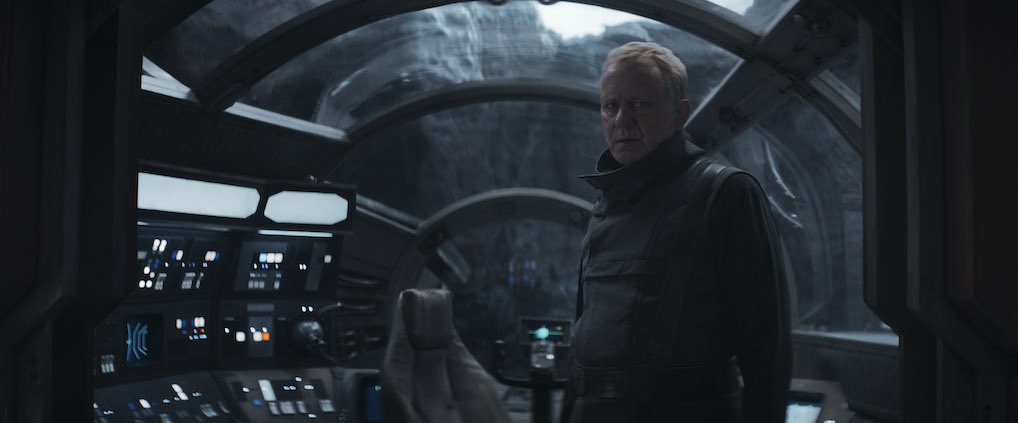
Seven years ago, Rogue One: A Star Wars Story made a daring attempt to flesh out events a week before the Star Wars trilogy started. Going a step further, Andor shows how Rogue One‘s Cassian Andor (played by Diego Luna) becomes a key figure in the Rebel Alliance.
Created by Tony Gilroy, Andor has a depth and gravity sometimes missing from Star Wars stories. Its characters make life-and-death choices based on harsh economic and political realities. Pursuing justice can mean betraying friends and family.
Visual effects supervisor Mohen Leo also worked on Rogue One under director Gareth Edwards. After studying computer graphics in Berlin, Leo was offered a job at Industrial Light and Magic. He received an Oscar nomination for Best Visual Effects for Rogue One. Along with TJ Falls, Richard Van Den Bergh, Neal Scanlan, Liyana Mansor, Scott Pritchard, Joseph Kasparian, Jelmer Boskma, and Jean-Clément Soret, Leo was nominated for a Primetime Creative Arts Emmy Award for Andor‘s Outstanding Special Visual Effects in A Season or A Movie.
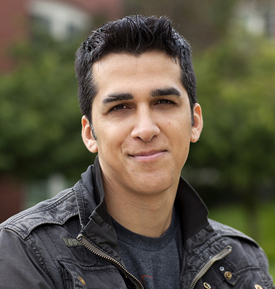
Below the Line: When did you start on Andor?
Mohen Leo: We were very fortunate on this project because Tony Gilroy was the showrunner. Both TJ Falls, the visual effects producer, and I had worked with Tony on Rogue One. We were involved very early on with Andor, even at the writers’ room stage, having conversations about what was important to them and what the challenges might be. We worked very closely from the start with production designer Luke Hull, so we could figure out where we wanted the handoff to be between practical sets and visual effects extensions.
Below the Line: Did Gilroy prefer practical effects?
Mohen Leo: He never really pushed on a particular technical approach. It was much more making sure that what we ended up with would feel grounded, would feel believable and relatable. He left it largely up Luke Hull and myself to work out where we wanted to use computer graphics to extend environments or create environments? And where we wanted to go to locations or build sets.
Luke and I agreed that we wanted to make sure that the directors would always be able point the camera at something meaningful. Whether it was a partial set that would be extended digitally later on, or a real location. They’re never in that position where you have an actor sitting in front of a blue screen and have to say to him, “Imagine something else out there.”
Below the Line: Could you go back and pull from the effects work you did on Rogue One?
Mohen Leo: There was an aesthetic and visual philosophy. Obviously, Gareth Edwards had a huge impact on the visuals of Rogue One. Knowing Tony meant knowing what was important to him. He trusted us on Star Wars things, letting us take the lead or pitch ideas for effects and action sequences.
Below the Line: I meant is there a block of material you have access to that can give you a short of shorthand into effects sequences?
Mohen Leo: The way we look at it, it’s more like we have a sort of toy box, right? Often you have a screenwriter or a director with an idea for a sequence, but who may not know what’s the right spaceship for doing this. What is the right weapon they should be using for X or Y? That’s when we can dig through our toy box and say, “Here are three different options, which one do you like?” Sometimes we’ll take something existing and modify it to make it fit even better to what they’re looking for.
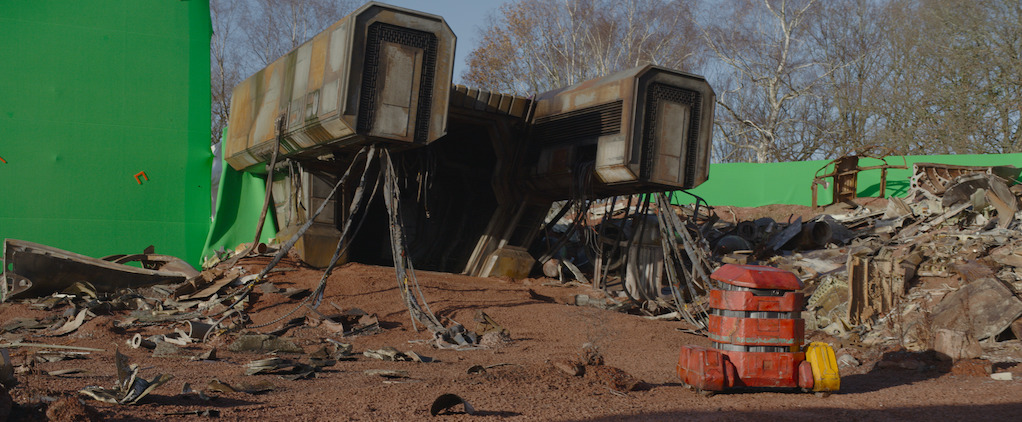
Below the Line: Is there a guidebook or encyclopedia you follow?
Mohen Leo: By now I’ve worked off and on Star Wars for over twenty years, so a lot of information has seeped into my brain. However, there is a walking Star Wars encyclopedia, and his name is Pablo Hidalgo. He’s part of the Lucasfilm story group, in a way a sort of lore keeper. Pablo is great. A showrunner can come up with ideas and say he’d like to do this or that with a spaceship or a planet. We can always go back to Pablo and ask, “How does that fit into the overall universe? Are we violating any rules?”
He may say we can’t actually do that, or can we tweak this a little bit. He’ll make it fit into the universe better. At times we might end up with a little payoff, an Easter egg that hardcore fans will recognize.
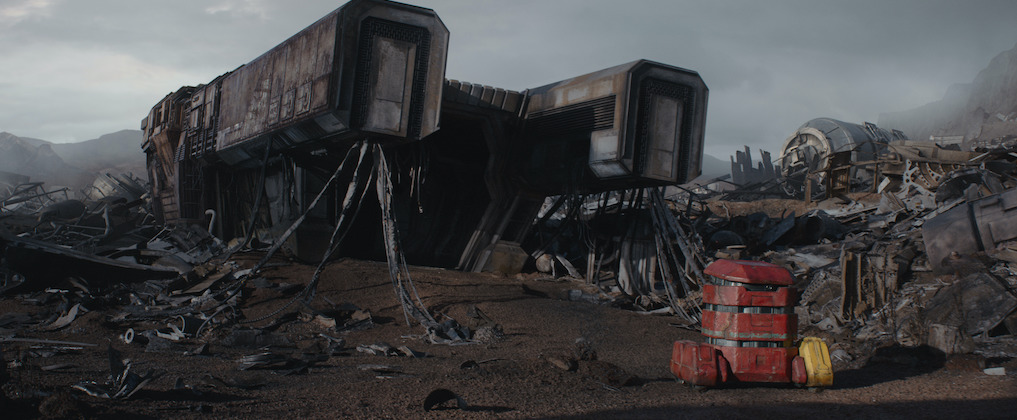
Below the Line: How closely do you have to tie into other Star Wars storylines?
Mohen Leo: Not so much with Andor because it’s earlier, five years before the original trilogy. A show like The Mandalorian takes place after the trilogy, so we’re never really stepping on anyone’s toes.
If fact, it’s more the opposite, because we can benefit from the other shows by leaning on digital assets, a catalog of spaceships and vehicles and sometimes creatures, without having to make everything from scratch.
Below the Line: Well, you’ll eventually have to tie into Rogue One.
Mohen Leo: Yeah, there’s no happy ending for at least one of the characters.
Below the Line: Did Andor use a lot of volume sets?
Mohen Leo: We didn’t use the full LED volume. We had one set, Mon Mothma’s (Genevieve O’Reilly) embassy, where there are breakfast scenes and a cocktail party. That was a stage set, but we did something we call a pop-up.
Rather than a permanent LED dome, we erected LED walls around part of the set. In this case, we provided a view out all of the windows, generating different times of day for different scenes. That way we could get shots in camera looking out the window. I think that helped the directors and DPs and actors. They could see lights and reflections in the set rather than look at blue screens.
On the flip side, we did a lot of location photography in London. Because we shot this at the height of the pandemic, we couldn’t really leave the UK. We used Scotland for one of the planets, a couple of different quarries that had unique landscape features.
The only thing in the entire show that was shot abroad happened because one of the ILM supervisors went through the trouble of quarantining both ways in order to go to the Canary Islands to shoot aerial and ground photography for the planet Ferrix. It has those beautiful, volcanic desert landscapes.
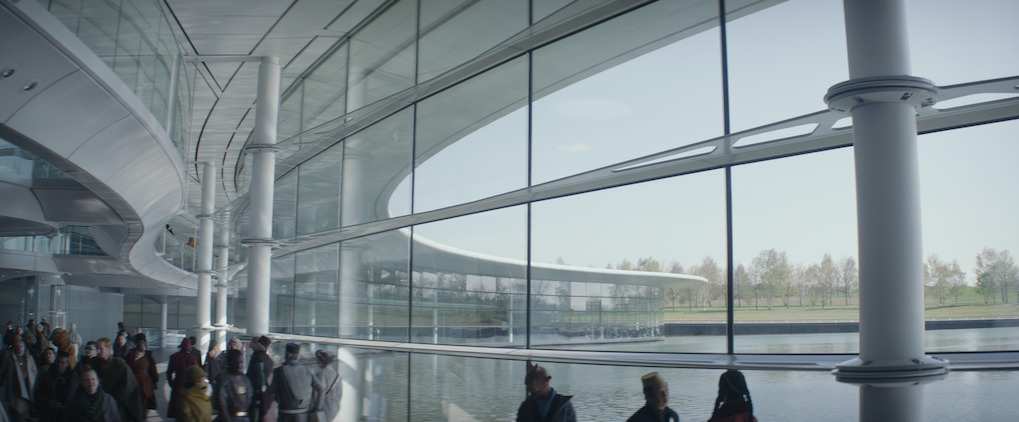
Below the Line: Going back to the embassy, if you’re providing them with window views, what does that do to your schedule? How soon do you have to deliver your effects?
Mohen Leo: Obviously, if we want to point the camera at something, everyone has to buy into it early on. That can become a scheduling challenge because we need everyone to make decisions right away, and once you’ve pointed a camera at it, you’ve made a commitment to what’s appearing in the final show.
What happens in a case like that is a really great collaboration with the art department. We get early digital models of what the set will look like, the size and shape of the windows, and we start building out the cityscapes that you will see through those windows. Even before the set is built, we can do digital previews of what it would look like in different parts of the set, with different lenses.
There’s a lot of back and forth, they may have to redo early concept paintings. Once we settle on something, we show it to Tony and get his feedback. So by the time of the shoot, we have the final visuals on the screens.
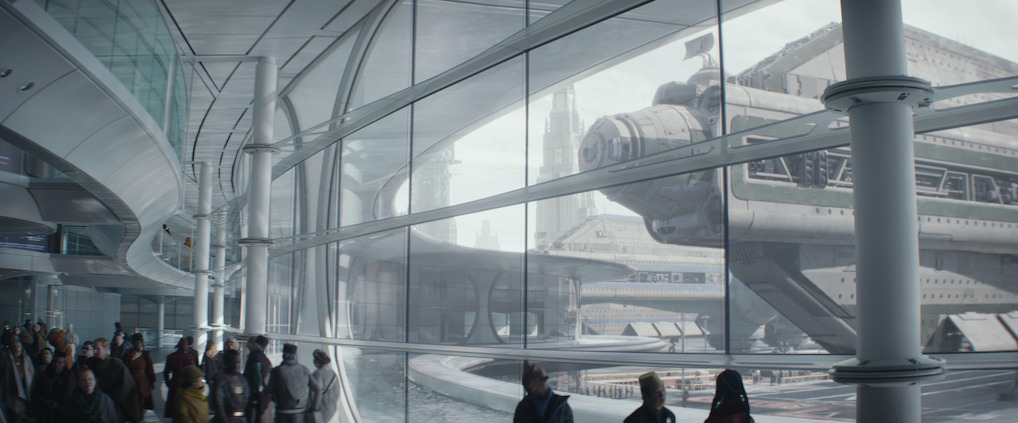
Below the Line: Once you’ve finished shooting, how much do you have to deliver the effects?
Mohen Leo: On a show like this, it becomes a sort of rolling delivery. We have 12 episodes, and we start work on the visual effects on the early episodes while they’re still shooting the later ones. We try to deliver work on an episode every few weeks. After they wrap photography, we probably have another eight months to complete everything.
Below the Line: Can you point to any advances in technology since Rogue One?
Mohen Leo: We used LEDs for lighting ships in Rogue One, giant LED walls around cockpits to light these dynamic flashes from lasers and explosions. But we couldn’t treat that as final content. The resolution quality wasn’t there. They were really just lighting sources that we would have to replace with CG in post.
With the advances from The Mandalorian, we can now create CG in advance and have confidence that when you point the camera at it, it’s done. You’re not going to have to change it later. You still need to build the environment, but it shifts the effort.
Every time you point the camera at a blue screen, that becomes an individual shot that somebody has to track and fine tune. If you create that content beforehand, you eliminate that step.
Below the Line: I’m thinking back 50 or 60 years ago when everything was back projecting plates.
Mohen Leo: I am very much a proponent of whatever gets the job done and is the easiest way to do it. We had a couple of sets where the best solution was just a good, old-fashioned, painted backdrop out the window. They just worked fine, which made me happy because it’s less work for us.
Below the Line: Can you contrast the prison scenes with the apartment complex where Syril Karn (Kyle Soller) lives with his mother (Kathryn Hunter)? It seemed like both were prisons, one slightly more comfortable than the other.
Mohen Leo: Tony writes a lot of parallels in season one, a lot of mother–son relationships. That apartment building where Syril’s mother lives, that was one of the places where we leaned heavily on finding unique London locations with the right aesthetic which we could digitally alter to make them more Star Wars.
For the apartment building, some of the views were shot in the Brunswick Centre project. It has interesting brutalist architecture, with strange diagonal shapes. Luke Hull and the art department took that and went, okay, this has 50 apartments. What would it look like with 5,000 apartments?
Below the Line: The tone and look of Andor is so distinctive from other Star Wars stories.
Mohen Leo: It’s been really fun to work on. The show aligns with what my personal taste and with what Luke Hull wanted to do: to avoid fantasy tropes and try to make this version of the Star Wars universe feel as real, as tactile, as possible.
Andor is now available to stream on Disney+.





